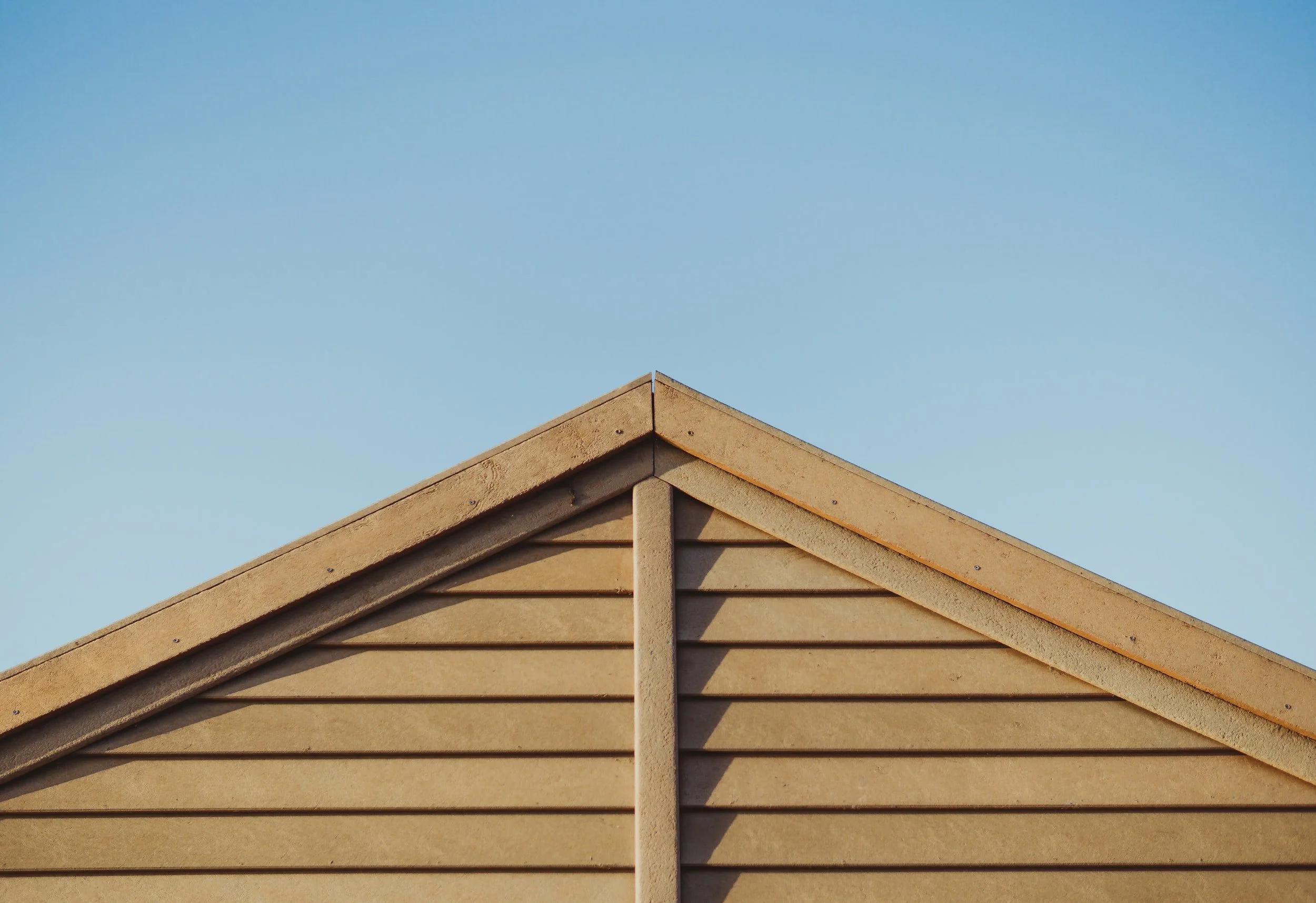issue O.12 “HOME”
May 1, 2022
Home is something that lives in the body and the imagination. True: it’s a framework structure; maybe it has doors, a window, rooms; maybe it’s temporary, or maybe it’s the safe spaces we’ve built to sustain and survive our wellnesses. Home is certainly how we connect with the land, climate, and our bodies. Maybe home is the body—expanding, gathering, dreaming, transforming. Is it a place we’re from, return to, imagine, or make? Last fall, in various conversations, I was asked at least three times where I’m from. Each time, I gave a different answer. Each time, I felt called to name a different home. Samoa. Kansas City, Missouri. The desert of Las Vegas, though I lived in the city. I think about how we think and move and make connections with our bodies. How does the rigor of engagement allow for the uncertainties of global connection and destination? How can home expand the sensorium? In what ways is home—the private and public politic of living, loving, and safety—shaped by capitalism? I think about how everything begins: with a story. After all, what constitutes a dwelling space?
I’m inspired to consider how a landscape resides in the lyric imagination first through language, perhaps, as a supernatural intangibility. Although I can understand Samoan, and speak a little, I cannot fluently read or write in my own language, my own mother tongue, and my mother’s tongue. I grieve this loss caught in diasporic liminality and colonization. How can home be simultaneously a way to invite-in wonder without landing on actionable certainty and the way language houses and mediates violence? Structures I’ve known as home: a green house, a shared basement, a borrowed room, my body, a memory, the rented room of an always-vacancy hotel, houselessness, the recurring dream, surely more. What is home? Where is home? What is it that Walter Benjamin says—ruins are allegories of thinking itself. The rigor of uncertainty has taught me that this is a difficult experience to share, let alone translate.
Here, I’ll channel Emily Dickinson’s observation on home as an instrument of separation but also an agent that teaches us our own cartography: I laughed a wooden laugh/ That I could fear a door,/ Who danger and the dead had faced,/ But never quaked before.
As many of us journey home or remain rooted this summer, our home space sheltered, contained, and challenged our imaginations, especially in the last three years. To return, leave, or that most common of prepositions, from, indicates a specific time or place. It’s strange—to come upon a house seems the work of an outsider, a traveler. Are we guests? The host? I am reminded of John Milton observing: The mind is its own place. In trying to bring the lyric and artifice together, home becomes a vulnerable and tender experience, made even more so by the very human desire for connection. This issue challenges us to ruminate on the conflict of invitation. As a reader, we are invited in. As a writer, we hold the personal close.
Gaston Bachelard writes: the house shelters daydreaming, the house protects the dreamer, and the house allows one to dream in peace. As writers, we are always localizing the spaces and places of intimacy. Every semester, I ask students to keep a notebook to catalog and locate their own obsessions, challenges, and observations. I think of the notebook as a place: a shelter, infinitely extensible. In recent years, this notebook is both an object to be carried around and a digital storytelling space. The latter is a fancy way to say students were assigned various research projects that they then cataloged on their course Instagram. The notebook is as much a living archive as it is a physical manifestation of their imaginations. This seems equally an apt description of home. A space and place for all the raw, unformed ephemera of wonder.
Dorothy says, there’s no place like home. While Dorothy may have been right when she clicked those red magical heels together, home is a resilient and creative arrangement of doors, windows, rooms, memories, margins, history, and imagination.
Home is an invitation—welcome.
We offer this issue to everyone staying at home, leaving, or returning home, and planting the seeds for what or where home is located or dispersed. As always, The Fourth River wouldn’t be possible without the collaborative work of my colleagues and the MFA students at Chatham. Thank you to the poetry, creative nonfiction, and fiction editors for their vision: Sheila Squillante, Heather McNaugher, and Marc Nieson. A very special thank you to managing editor Valentine Sargent, and to the entire Spring 2022 graduating class. We will miss you but know that you can always return home. I appreciate not only your patience and dedication but your commitment to literary community and stewardship.
Thank you to everyone who finds a home in this issue.
Warmly,
Leia Penina Wilson
Editor-In-Chief
